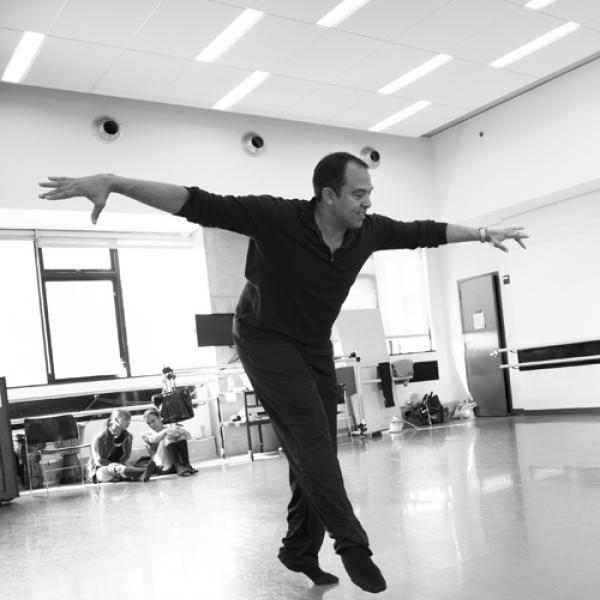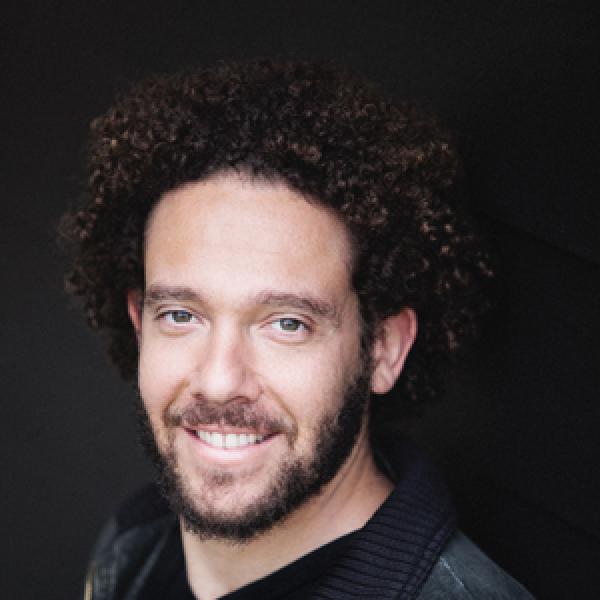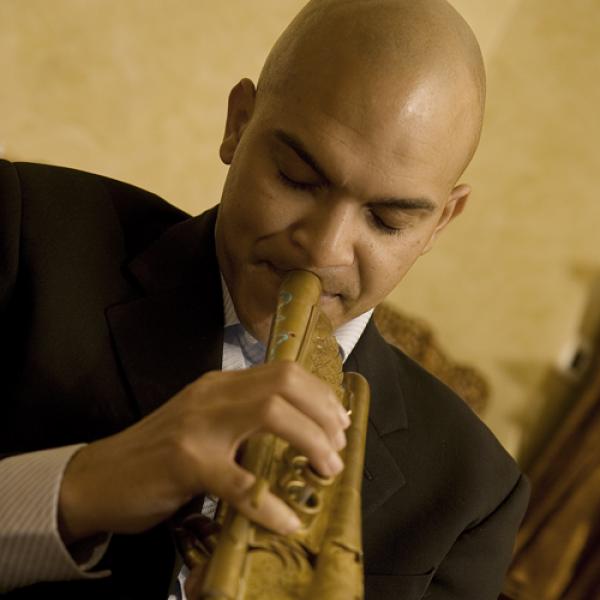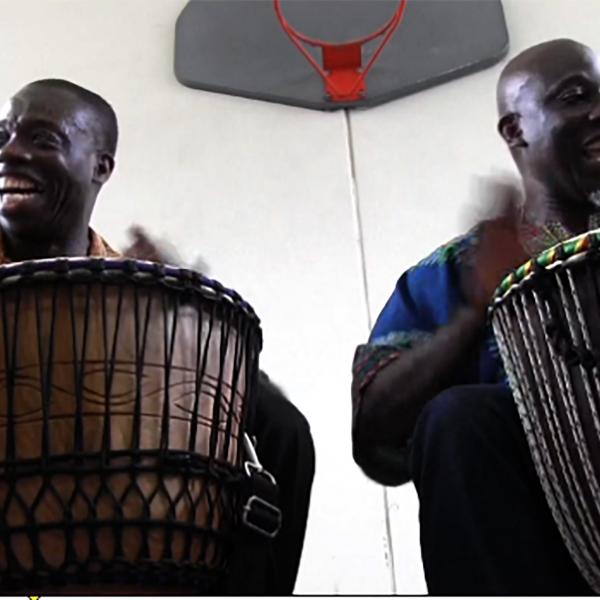Jetsonorama

“What… is an old black doctor doing wheatpasting images of Navajo people along the roadside on the reservation?” According to a blog post Dr. Chip Thomas wrote last year, that’s the question he is asked most frequently. To be fair, it’s a valid question. The answer, in many ways, revolves around the concept of community. Soon after he started practicing medicine on the Navajo reservation in Arizona 27 years ago, the North Carolina native began to document reservation life with his camera. But in 2009, his art became not just of the community, but for it as well. He began wheatpasting enlarged images of his photos on abandoned roadside stands, water towers, and sheds under the moniker Jetsonorama, turning ramshackle walls into arresting black-and-white installations. Three years later, he launched the Painted Desert Project, and began inviting other street artists to spend a few weeks at the reservation and then create installations based on their experience. They are all, essentially, offering the Navajo a reflection of themselves, as seen through an artistic lens. In his own words, Thomas, who has become an internationally acclaimed artist with installations around the globe, describes his work in the context of his community.
Restoring Balance
I’m a physician. I’m a healthcare provider and in that capacity, my job is to help people realize their optimal health and to thereby hopefully realize their dreams and goals by being as healthy as they can be. I see this art project as being an extension of that same thinking in that it’s another attempt to restore balance, to create beauty done with a loving, positive intention.
I think that being a non-Navajo person, I will always be viewed as a non-Navajo person and unfortunately, for as long as I’ve been there, I’m not fluent in the Navajo language. But I think even despite that, certainly within the communities where I work, where people see me on a regular basis, they’ve come to trust and respect me. It’s cool to hear from patients as they’re leaving the room, “Thank you for still being here. Thank you for taking care of my people.”
But a lot of places where I go to put up art aren’t necessarily close to home. So people who see me working in the field don’t have any idea that I’m a physician who’s been here for 27 years doing primary care medicine. Being in the field, in a community that doesn’t know me, flips the power dynamic in that I’m a lot more vulnerable. In a clinic, physicians are placed on a pedestal, but in the field, people want to know what I’m doing, why I’m there, who’s paying me, who said I could put the picture on the wall. I really have to defend what I’m doing, but I think even in that defense, there’s an opportunity for dialoging with people and deepening my relationship with the community, with the culture.
When I’m installing in the field, if someone from the community comes up and asks me what I’m doing and why, there are a couple of responses I have. One is that I’m reflecting back to the community the beauty that they shared with me. I try to use imagery that I think is reflective in a positive way of the culture. When I first started pasting images, I was going back through my negatives from the 22 years I’d been there at that time, and wanted to find imagery of elders to really remind the youth of some of the values of the culture that I feel they are forgetting. That determines, in part, what I put up.
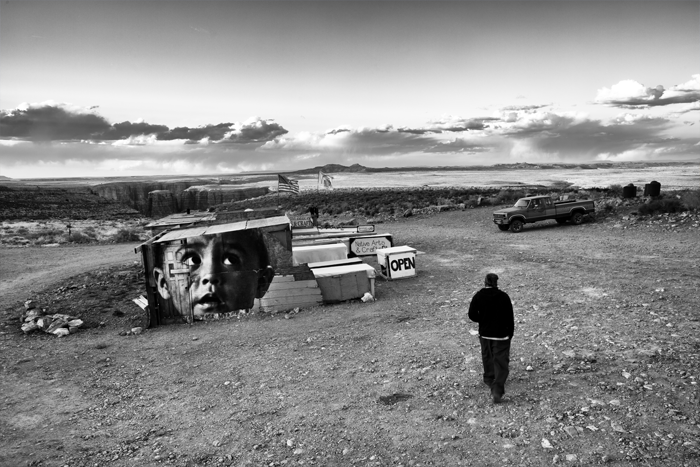
Creating Tangible Changes
Some of the imagery I choose to use is controversial. Some of it is blatantly political. Some of it deals with health issues. I’m willing to take the heat for the imagery that I use, but I feel that it’s coming from a good place. I feel that I’m fighting the good fight and at least opening a dialogue around different topics.
[An example is] when the Navajo Nation was considering building a resort at a sacred site in the Grand Canyon. There were Hopi and Navajo people who were opposed to the development of this project. I was able to get a photograph of a Navajo woman whose family is from the area where the resort was going to be built and she had a protest sign saying, “Sacred sites are not for sale.” So I did a series of installations along the roadside leading to the proposed site with her opposing the development of the site.
There’s an image I shot I think in 1995 or so of code talkers being recognized. They were dressed in their uniforms from many years ago, but at this point, the men were probably in their late-70s, early-80s and they were marching in a parade. One of the first places I put that image was on a roadside stand that was falling down. I did it at night and a week later, I was driving by and I saw men out working on the stand, building it back up. I stopped and asked, “So, what’s going on?” They didn’t know that I had put the picture of the code talkers up. They said that so many people traveling from Lake Powell had seen this picture and had stopped to take pictures that they decided to start using their roadside stand again, which was a wonderful shot in the arm. I was then bold enough to say, “I put the photo up,” and they thanked me and asked me to put something on the other side of the stand to stop traffic coming from the other direction.

Inviting Outsiders In
Before artists come out [to participate in the Painted Desert Project], I send them some reference material regarding the Navajo cosmology and the creation story, just to give people an idea that they really are coming into a different world-view. When they come, I arrange for them to meet with an elder or two with whom I have a close relationship, who can share with that person some of the taboos and/or imagery that may not be considered appropriate. I ask them to come without a preconceived idea of what they’re going to paint, and just to vibe off of their experience in that land with those people and then create something based on that experience.
Traditions & Modern Realities
One of the challenges of doing street art on the reservation is this is a traditional culture with no history of public art. So attempting to introduce something totally new is met with some questions and skepticism. The younger people tend to get it. Older, more traditional people, some get it; some just don’t like it. But then again, it depends on what the imagery is. If it’s images of animals, especially sheep, traditional Navajo grandmas love it.
The Navajo Nation is a place that has an unemployment rate that approaches 50 percent. The teen suicide rate is like four times the national average. There are issues with alcohol. There are issues with self-esteem. I’m really hoping that the imagery I put up just causes people to reflect for a moment on how beautiful they are and causes a slight shift in their thinking.
It really is an effort to support the community while bringing art forward.





